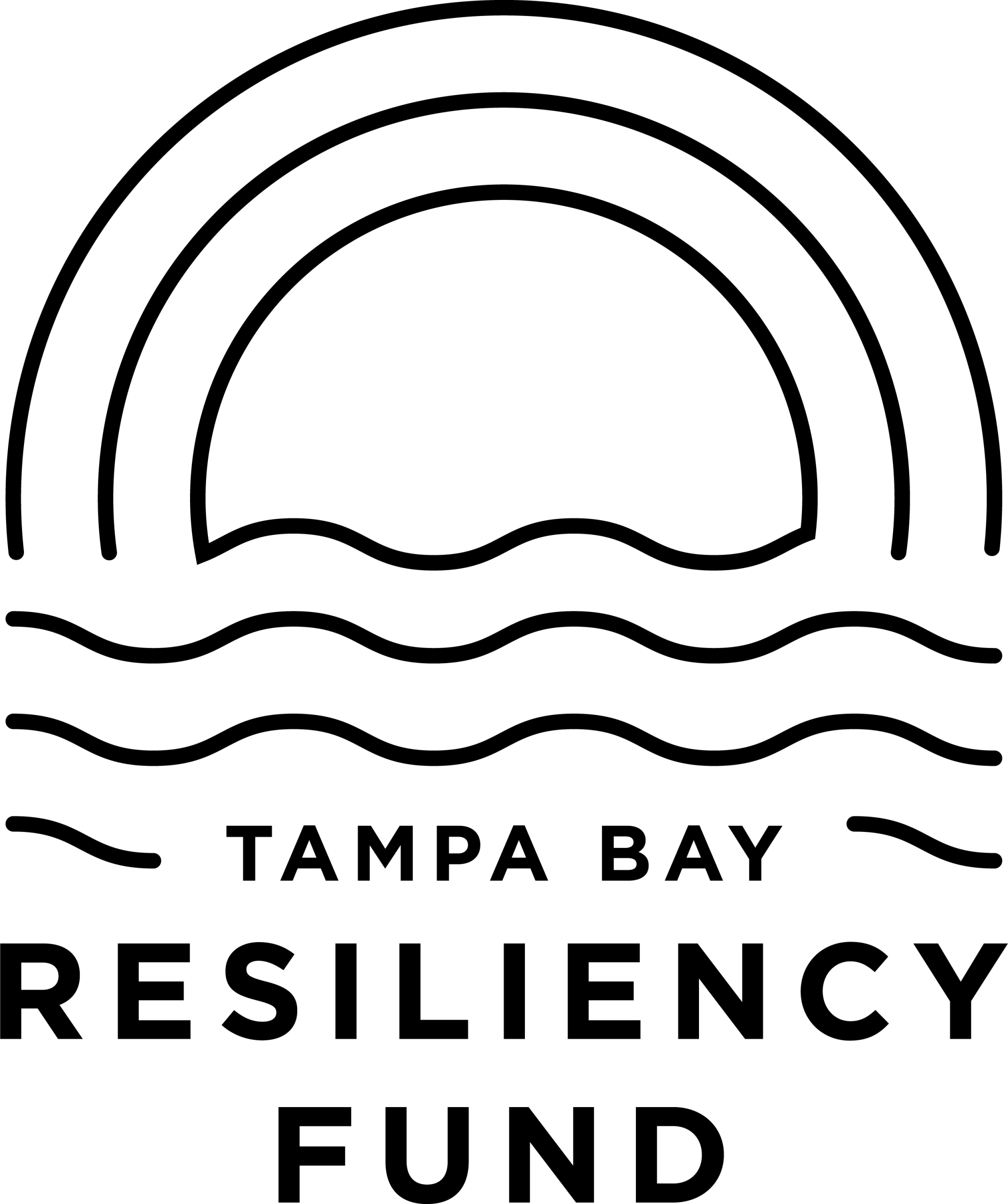Red Tide Warning
by Lenore Myka
(excerpt; first appeared in The American Scholar)
The first sign is posted in the window of the empty ranger station and written in the style of a ransom note: w-A-R-n-i-N–g. The second flashes on a giant electronic sign just below the largest American flag I have ever known—alternating between park closure dates and announcements for an upcoming triathlon: warning. The third is fastened to a wooden stake stabbed into the edge of the dunes, its sides curling scroll-like in the morning wind:
Red tide present.
May cause eye, throat, or skin irritation.
May cause coughing or sneezing.
Avoid the beach if you have asthma or a respiratory condition.
Onshore winds and rough surf worsen its effects.
Can kill fish and other sea animals.
Do not swim near dead fish or touch them.
Wear shoes to prevent injuries from stepping on bones of dead fish.
Keep pets away from the water, sea foam, and dead fish.
Red tide is caused by naturally occurring algae.
Today, my dog, Arrow, and I are the only ones on this Tampa Bay beach. Everyone else has either heeded the warnings or flown back north, spring breakers and snowbirds having taken their fill of Florida sunshine. Things quiet down around here in midspring, just before Easter and its season of rebirth.
As I watch from the shore for bottlenose dolphins, I contemplate the use of bold type on the third warning sign. If the sign were a poem submitted in one of the classes I teach, I might chastise the author for being seduced by the siren call of a lazy typeface over the arduous but satisfying work that good prose requires. While my students’ eyes stray to the screens of their phones, I might ramble on about the perils of underestimating their readers’ intelligence. I would remind them that the point isn’t, in fact, about naturally occurring red tide. The fault, I would say, is that the bold highlights the wrong information, misguiding readers, leading us down the wrong path.
*
The earliest records of red tide on Florida’s west coast have been widely misattributed to the 16th-century Spanish conquistador Álvar Nuñez Cabeza de Vaca, one of four survivors of a 600-person crew that attempted, but failed, to colonize the region. Led by Pánfilo de Narváez, the venture was beset by gross miscalculations, shipwrecks, mutinies, indigenous attacks, and disease. In La Relación, a firsthand account of the event and the subsequent eight years he spent traversing the New World, Cabeza de Vaca writes of the Indigenous peoples he has come to know well: they “judge of the seasons by the ripening of fruits, by the time when the fish die.” Although he is describing fish kills, it’s unlikely they were due to red tide. By this point in his journey, Cabeza de Vaca and the other men who’d survived Narváez’s utterly incompetent leadership were on the coast of Texas, where, even today, red tide is rare. Karenia brevis, as it is officially known, has been reliably recorded in Florida only since the 1840s, a time that, the older I get, I realize is not so very long ago.
Red tide is an algal bloom, a layer of microscopic plantlike organisms that grow rapidly in warm waters, causing discoloration and scum buildup on the water’s surface. Freshwater algal blooms typically appear bright green and are relatively harmless, but red tide carries toxins that, when dispersed by wind, can cause coughing, sneezing, burning eyes. Some research suggests that algal blooms harm local economies; in recent years, conflicts have arisen between rental property owners and vacationers who want their money back because the bloom kept them from enjoying the beach. But red tide can also be dangerous. In some rare cases, it can be life-threatening to people with respiratory conditions. Eating marine life contaminated with red tide can make people sick, and some hospitals have seen an increase in respiratory and gastrointestinal illnesses during years when blooms have been especially intense.
Red tide is naturally occurring, but only to a point. Historically, in the Gulf of Mexico, red tide peaked in the summer, when the water temperature was at its highest, and slowed down in the winter, when temperatures cooled. But on the morning Arrow and I go to the beach, red tide levels are moderate to high and have been for months. Though there’s ample evidence to suggest that the incidence of red tide has been exacerbated by humans, Florida’s leaders blame this year’s case, in part, on another naturally occurring phenomenon: Hurricane Ian. The storm didn’t create red tide but tossed it around, pushing it toward the shore where the water was shallower and warmer. Once there, the bloom thrived.
Driving back home from the beach, I listen to a radio report about the upcoming hurricane season. The scientist being interviewed explains how conditions begin to ripen when waters in the Gulf of Mexico reach 76 to 77 degrees Fahrenheit, and that hurricanes can form at 79 degrees. “Portions of the Gulf have currently recorded water temperatures of 80 degrees Fahrenheit,” he says.
The silence following this statement hangs just long enough to suggest that the reporter hopes the scientist will elaborate. Perhaps in the same way that, when I write, I presume a reader’s intelligence, the scientist presumes the same of his listeners.
“When does hurricane season begin?” the reporter finally asks.
“June 1st, officially,” says the scientist.
“It’s only April,” says the reporter. “What you’re saying is we have hurricane conditions in April.”
There is a question in there somewhere, but the scientist can’t or won’t answer it.
The calendar is outdated, obsolete. But no one is yet brave enough to accept the immense responsibility of devising a new, more accurate one.


